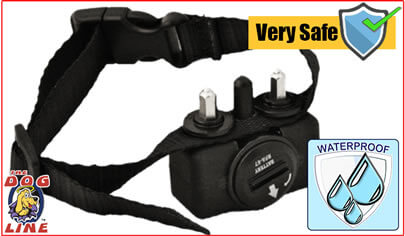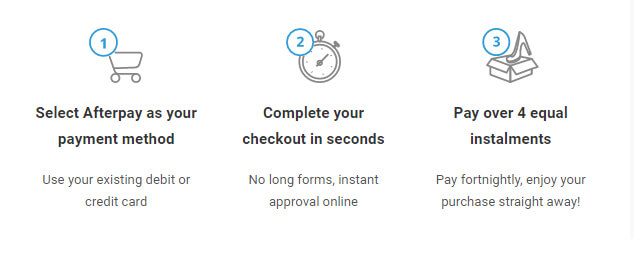SAME DAY SHIPPING!
Hurry offer expires in
How Can My Dog Bark When it Needs to?
While wearing an electric bark collar
A good quality bark collar does not stop a dog from barking when it needs to (i.e. in moments of danger).
Some people think that anti-bark collars will totally stop their dogs from barking (other dog-owners even WANT this to happen). It's far from the truth and should not be the case.
As we all know, barking is a dog's way to communicate. Also, we need our dogs to bark at some point, especially guard dogs. However, the thing that we should not tolerate is nuisance barking - this is why a bark collar is really useful when training your dog to bark at acceptable levels.
If you get safe and high quality barking dog collars, it ensures safety for you and your dogs. Read on as we discuss how bark collars effectively deter dogs from barking and NOT totally stop them from barking.
Will Dog Bark Collars Work for Guard Dogs?
Learn more about dogs barking comfort zone
Most of our clients are commonly asking if a bark collar can hurt a dog, if it incurs burns or sores on a dog's neck and if it can work well with guard dogs - who obviously need to bark when the situation calls for it.
As we have discussed in our previous TDL TV episodes, bark collars cannot hurt a dog if you get the right one that's best of quality and use it well - this includes fitting it properly to your dog and maintaining a good hygiene for your pooch and the collar.
Now, to better explain how can a good quality bark collar helps your dog to quit the nuisance barking but DOES NOT totally stop him/her from barking... Look at this graph below:
Graph: Dog's Temperament & Comfort Zone in Barking
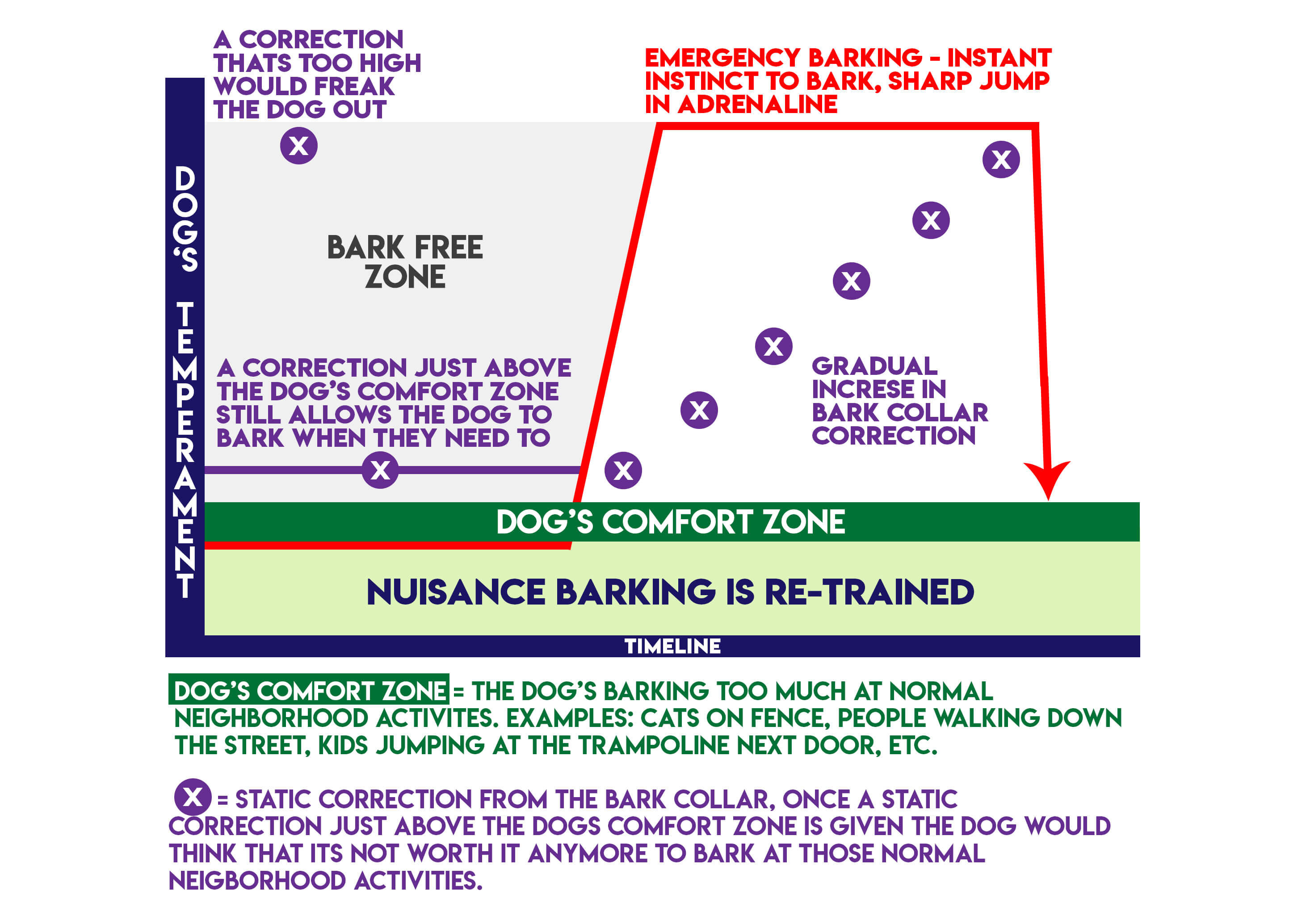
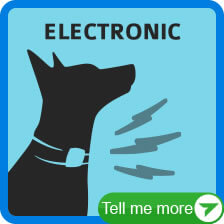 |
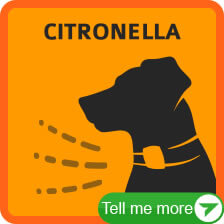 |
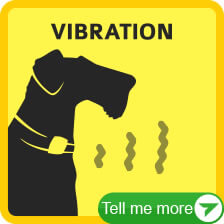 |
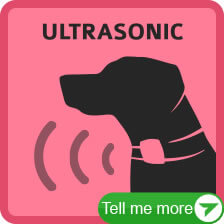 |
|---|
I have also discussed this principle in my training with the shire rangers. Once again, the right dog bark collar allows the dog to bark if it needs to.
It is best to look for an anti-bark collar that has automatic and progressive levels of correction to easily and effectively train your dog to bark at acceptable levels.
As shown in the graph above, the correction (mostly in static bark collars) starts at a low stimulation, just above your dog's comfort zone.
This method helps dogs to not become traumatised of the zaps from the collar and, on the other hand, prevent them from being complacent with each level of correction.
So, YES - a good quality bark collar works well with guard dogs and it won't destroy the dog's instinct to bark especially in moments of danger.
Bark Collars: Automatic & Progressive Levels of Stimulation
 Bark Collars that feature automatic and progressive levels of correction are indeed best for training dogs to bark at acceptable levels and efficiently help them to quit the nuisance barking WITHOUT compromising their ability to bark when needed.
Bark Collars that feature automatic and progressive levels of correction are indeed best for training dogs to bark at acceptable levels and efficiently help them to quit the nuisance barking WITHOUT compromising their ability to bark when needed.
As shown in the graph above, these dog barking collars start from the lowest level of correction, usually just above the dog's comfort zone in barking.
Then, if your dog continues to engage in unnecessary and annoying barking episodes, the collar automatically delivers the stimulation in a progressive manner - effectively training the dog to only bark at an acceptable level, without instantly shocking your dog with the highest static zap there is.
As your dog stops from barking, the collar usually resets back to the lowest level of correction (usually after 30 seconds of barking inactivity) and will start from that low level again if your dog goes on another barking episode - this prevents over-stimulating or over-zapping your dog.
This is why automatic and progressive levels of stimulation are one of the most advanced features in a bark collar - it helps with efficient training and ensures that your dog can still bark when needed.
The Recommended Safety Features of Anti Bark Collars
Will help your dog to bark as much as he needs to, especially in moments of danger
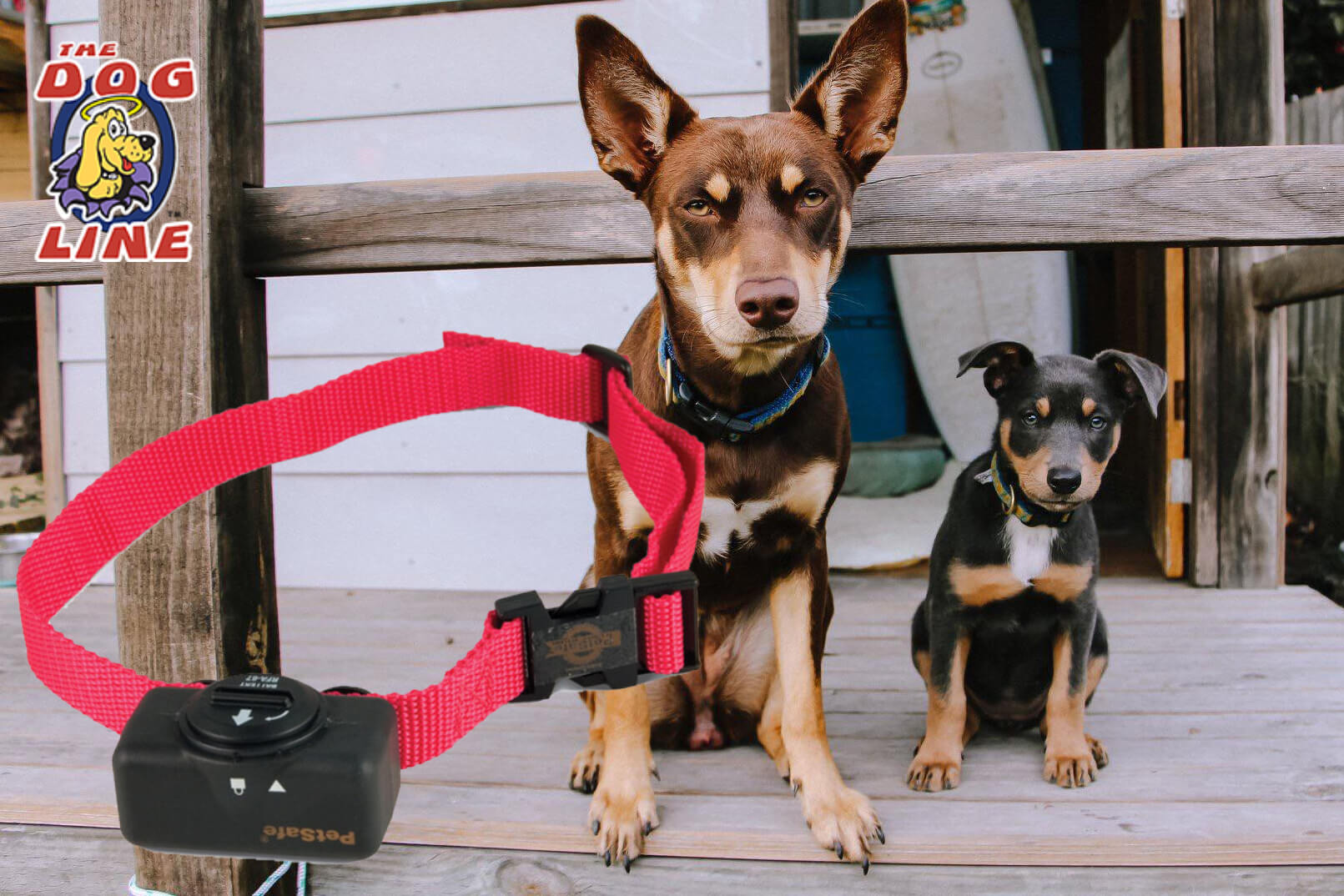 Now, you are informed that the best bark collar should have automatic and progressive levels of corrections as one of the advanced features.
Now, you are informed that the best bark collar should have automatic and progressive levels of corrections as one of the advanced features.
However, it should not stop there.
Safety features should also be the factors to look for in getting a bark collar.
One of these features is the Safety Shutdown - this happens if your dog has reached a certain level of excessive barking, recognised by the collar as a need for help or status of danger.
The collar will automatically turn off to avoid over-stimulating your dog - allowing the dog to continue barking.
Then, the bark collar will automatically turn back on - usually after 3 minutes of barking inactivity.
Also, take note of these safety features that we recommend your dog's anti-bark collar should have:
-
Waterproof Design
This feature is extremely necessary for water-loving dogs who may be often left around the pool or in the yard with sprinklers on.
-
Dual-Activation
This ensures correct stimulation by listening to your dog's own barking sound and detecting the vibration from his/her vocal cords before delivering the correction. Thus, your dog won't get incorrectly stimulated by other external noises such as another dog's bark sound.
-
Protective Rubber Coating
This prevents any wrong stimulation activated when the bark collar is knocked on surfaces as your dog plays around.
-
Automatic Reset Feature
This helps in efficient bark control training since it is designed to reset from the lowest level of correction when it reaches higher levels during your dog's barking frenzy - preventing any over-correction. The reset happens usually after 30 seconds of barking inactivity.
To wrap it up:
A bark collar will still allow your dog to bark when it needs to. Just make sure to find the best one for your dog - that has good quality and meets the Australian standard for electronic training devices.
Also, look out for advanced and safety features such as the automatic and progressive levels of correction and safety shutdown features.
 The Dogline
The Dogline















